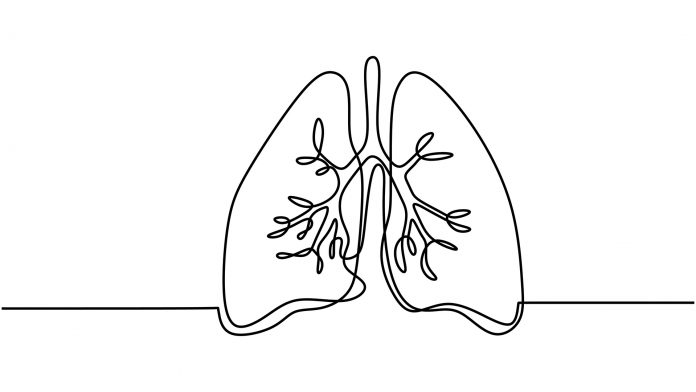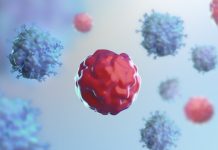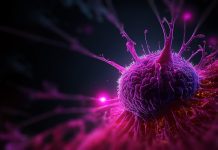
Researchers from the University of Bern have outlined new cancer treatments against non-small cell lung cancer by analysing the ‘dark matter’ of the human genome.
Cancer is the second-highest cause of death in Switzerland. Of all the cancers, non-small cell lung cancer kills the most patients and is incurable in most cases. Newly approved therapies can extend life by a matter of months, but very few patients will survive long-term. This has encouraged University of Bern researchers to explore the human genome in search of new cancer treatments.
The researchers turned to a poorly understood and under-researched class of genes called ‘long noncoding RNAs’ (lncRNAs). LncRNAs exist in what is known as the ‘dark matter’ or non-protein-coding DNA that makes up most of the human genome.
The role of lncRNAs
The human genome contains around 20,000 regular protein-coding genes and 100,000 lncRNAs. Currently, 99% of the biological functions of lncRNAs are unknown. lncRNAs are non-coding, meaning they do not encode construction plans for proteins, unlike messenger RNA’s (mRNAs).
To better understand the role of the lncRNAs, the researchers examined datasets to find out which lncRNAs were present in non-small cell lung cancer. The researchers identified over 800 lncRNAs to investigate. They developed a screening system which prevented the production of the selected lncRNAs by deleting part of their construction instructions in the DNA.
The researchers applied their screening system to two non-small cell lung cancer cell lines derived from patients. They examined how excluding certain lncRNAs affected the ‘hallmarks’ of cancer cells. Hallmarks are cellular behaviours that contribute to cancer progression. These are proliferation, metastasis formation and therapy resistance.
“The advantage of assessing three different cancer hallmarks is that we have a comprehensive view but also have substantial amounts of data from different experiments, from which we needed to derive a single list of long noncoding RNAS that are important for non-small cell lung cancer,” said Rory Johnson, Assistant Professor at the University of Bern, who led the project.
The researchers found 80 high-confidence candidate lncRNA out of the original 800. From the 80, several were selected for a follow-up experiment. The follow-up experiments showed that destroying the majority of the lncRNAs inhibited cancer cell division. The same treatment had little effect on non-cancerous lung cells, which should not be harmed by the new cancer treatments.
Development of new cancer treatments to begin soon
“We were positively surprised to see how well the antisense oligonucleotides could restrain tumour growth in different models,” said Taisia Polidori, co-first author of the study.
The researchers are set to continue their development of new cancer treatments in pre-clinical trials and are hoping to collaborate with new and existing companies to develop new drugs. The research team also believe their findings will be relevant to other cancers.
“Like a telescope that can be quite easily repositioned to study a different part of space, our approach should be easily adaptable to reveal new potential treatment types for other cancer types,” said Roberta Esposito, co-first author and postdoc at the University of Bern. Dr Esposito will now use her findings to identify new cancer treatments for colorectal cancer.








